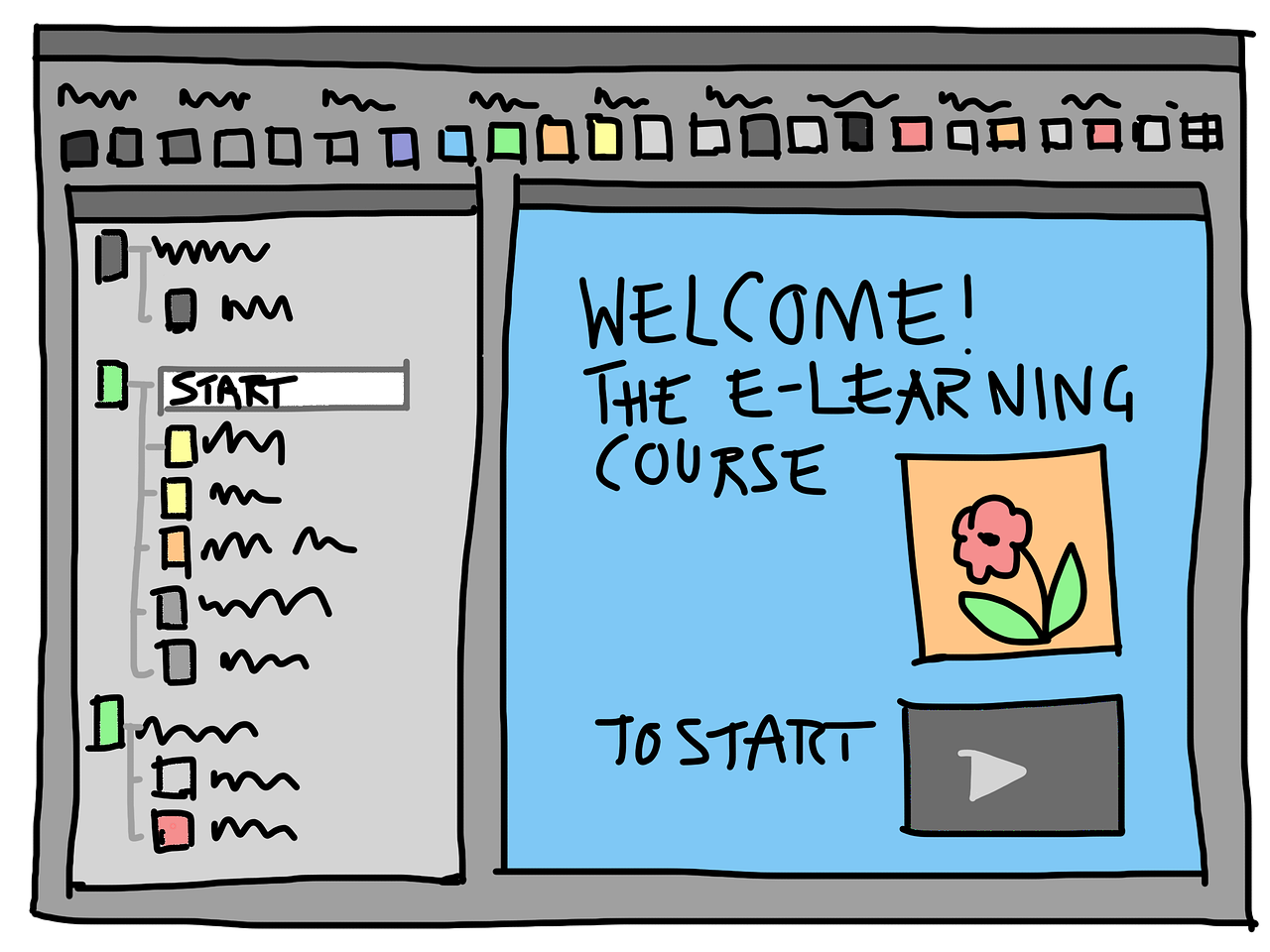
The following blog post was written by Sydne McCluskey. Sydne is a PhD Student in the Ed Psych Program, specializing in Quantitative Methods. She is interested broadly in psychometrics; her recent research has focused on item analysis in the early stages of test development and on developing Generalized SEM approaches to analyzing both rater and method agreement. This blog post marks the first in a series of posts where faculty and PhD students will discuss their transition to distance learning during the COVID-19 pandemic.
The sudden transition to online teaching has been, for me, a case of building the ship while trying to sail it. I’ve never taught online before, and none of us have taught during a global pandemic before. I wanted to share some insight from my experience so far as well as ask for your advice.
I originally planned for synchronous class sessions because I wanted to keep things as close to business-as-usual as possible, but it quickly became apparent to me that it wouldn’t be reasonable to expect my students to attend live sessions. Some of them are parents with small children they need to care for, some are sharing limited physical space and internet bandwidth with others while they shelter at home, some are essential workers who have had massive changes to their work schedules, some have sick family members, and all of them are experiencing an unprecedented situation. After reflecting on these challenges my students are facing, I decided to switch to asynchronous class sessions. Things aren’t normal right now, and that’s okay. It’s more important to make sure everyone has the chance to succeed than to pretend things are normal.
I also quickly realized I need to adjust my expectations for my students and for myself. I encourage a lot of interaction in my in-person classes – I like to design individual and small-group activities as a springboard for large-group discussions. I spent a long time stressing about how I would arrange for similar activities in my asynchronous lessons before finally realizing I needed to let it go. It’s not going to be possible to have the same exact activities I would normally use, and I don’t need to expect the same level of involvement from my students right now. It’s not worth my time and stress trying to design them, and it’s not worth my students’ time and stress trying to complete them. I’m also usually pretty strict about due dates – I don’t accept small assignments late at all, and large assignments turned in late are usually penalized. During these stressful times, I have decided that all due dates are soft – I grant all students extensions on all assignments, no questions asked. I assume they have legitimate reasons for needing more time, as I cannot even try to follow up on every instance right now. Adjusting expectations isn’t about lowering the bar, it’s about not adding any unnecessary stress during an incredibly stressful time.
I’ve realized that students need more reminders than usual. LOTS more reminders that are delivered in multiple formats. I make sure to give 3 reminders for each assignment at a minimum: during lecture, via email, and via a Blackboard announcement. I’ve had success receiving student input via Slack where students can post questions and comments that are visible to their classmates (this also helps cut down on repeat questions because everyone can see my response). I’ve also been pleased to see students discussing course material among themselves without me facilitating, something I’ve always struggled to encourage during in-person classes. I think it helps to keep a sense of community, which has been especially important since we’re not having synchronous sessions.
I posted a survey that students can complete to provide me with feedback, suggestions, and requests. Blackboard has an anonymous survey feature (as does Google if that’s your platform of choice), and I think the anonymous aspect has helped students feel comfortable giving me their thoughts. This has been truly helpful because students have had some great suggestions. I take their suggestions seriously and have already made changes to the class in response to student input – switching to an asynchronous format is an example of this. Using Slack was also a suggestion from a student. I think having an instructor that listens to their advice helps my students feel like they have a little more control over their lives in a time when all of us have very little control.
Finally, the faculty in my department have organized several video chats for the adjuncts and Graduate Teaching Fellows to discuss the transition to virtual learning. It’s been reassuring to hear that others have encountered nearly every problem I’ve run into, to talk through my approach to these problems, and to hear how others are handling similar issues. Perhaps most importantly, talking with other instructors has made me feel less alone and helped me feel more confident. If you aren’t talking with other instructors, please do – even if only to bounce ideas off each other. I’m happy to talk with and learn from any of you. I teach what’s basically Intro to Educational Psychology for students majoring in Secondary Education at Queens College, CUNY, but I think people teaching any discipline have a lot to offer each other. Please feel welcome to contact me at [email protected] .




That’s totally agreeable. Online learning has more challenges and as a instructor one should come up with different strategies to make the teaching and learning more effective.